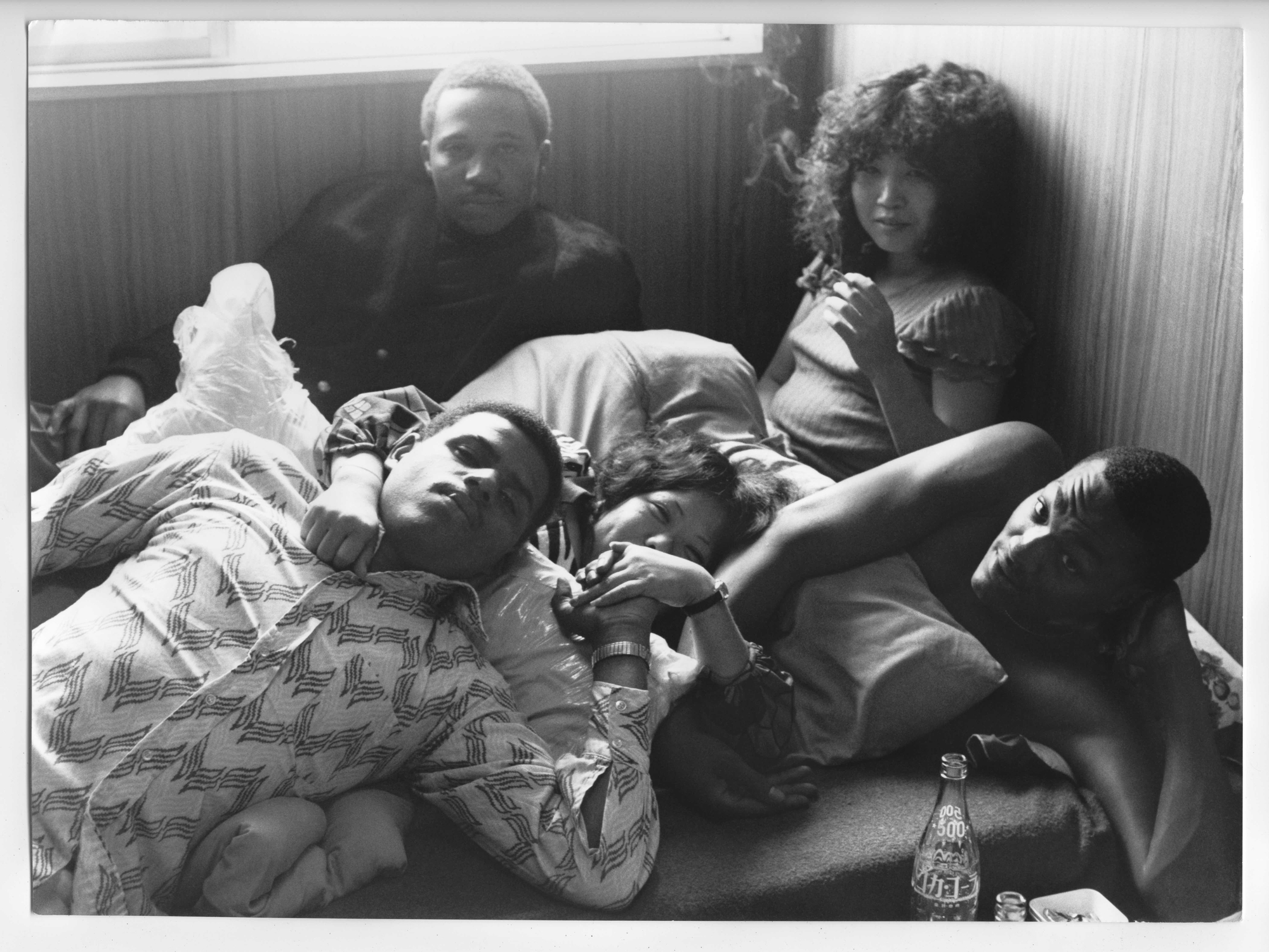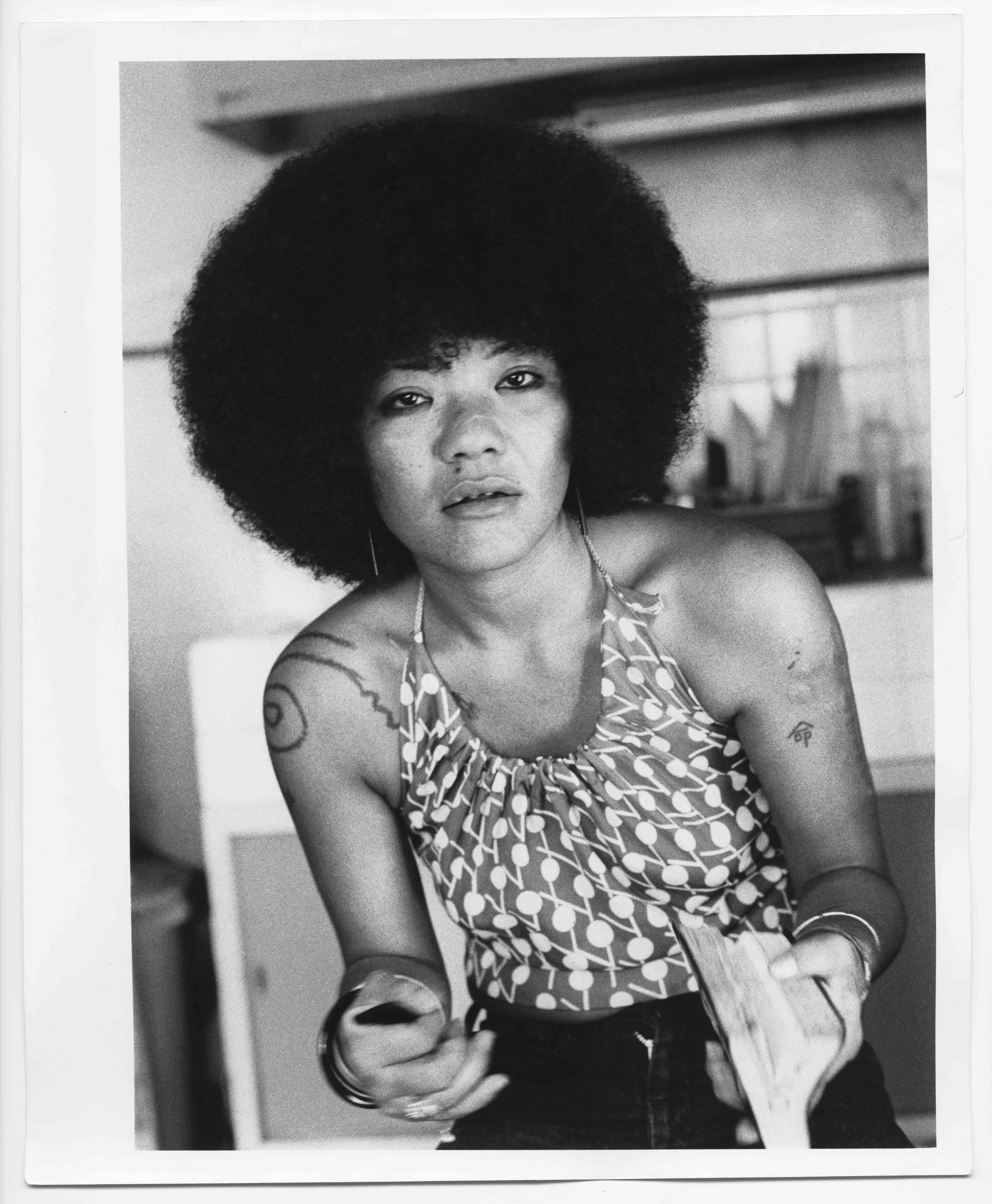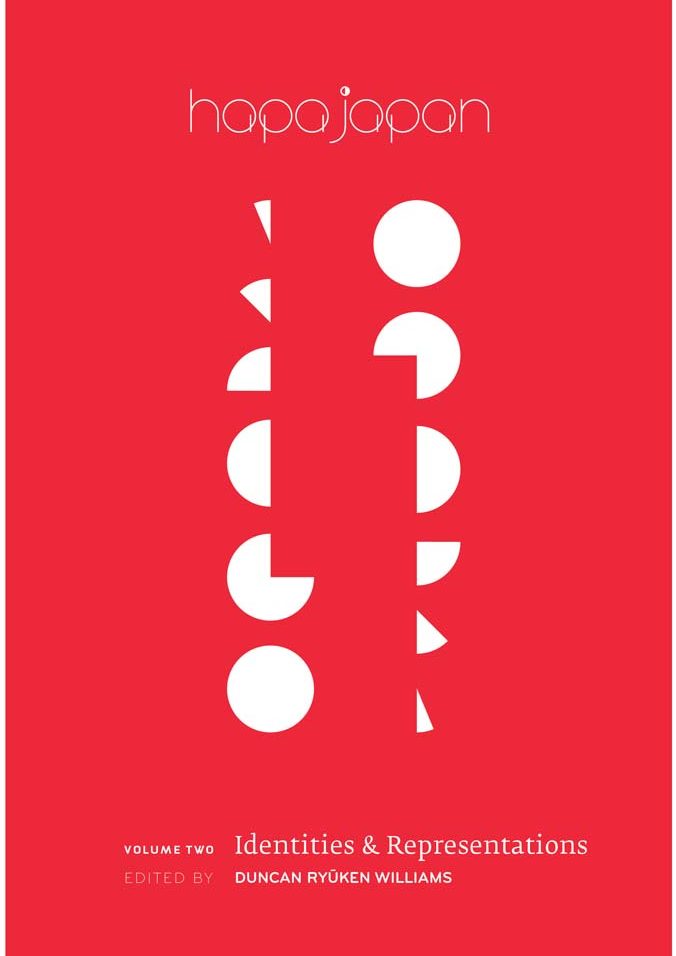Memories of race: representations of mixed race people in girls’ comic magazines in post-occupation Japan
Sayuri Arai
University of Illinois, Urbana-Champaign
2016-11-30
As the number of mixed race people grows in Japan, anxieties about miscegenation in today’s context of intensified globalization continue to increase. Indeed, the multiracial reality has recently gotten attention and led to heightened discussions surrounding it in Japanese society, specifically, in the media. Despite the fact that race mixing is not a new phenomenon even in “homogeneous” Japan, where the presence of multiracial people has challenged the prevailing notion of Japaneseness, racially mixed people have been a largely neglected group in both scholarly literature and in wider Japanese society.
My dissertation project offers a remedy for this absence by focusing on representations of mixed race people in postwar Japanese popular culture. During and after the U.S. Occupation of Japan (1945-1952), significant numbers of racially mixed children were born of relationships between Japanese women and American servicemen. American-Japanese mixed race children, as products of the occupation, reminded the Japanese of their war defeat. Miscegenation and mixed race people came to be problematized in the immediate postwar years.
In the 1960s, when Japan experienced the postwar economic miracle and redefined itself as a great power, mixed race Japanese entertainers (e.g., models, actors, and singers) became popular. This popularity of multiracial entertainers created a konketsuji boom (mixed-blood boom) in Japanese media and popular culture. As such, the images and stereotypes of racially mixed people shifted considerably from the 1950s into the 1970s.
Through a close textual analysis of representations of mixed race stars and characters in major Japanese girls’ comic magazines published during the 1950s and 1960s, my dissertation illuminates the ways in which the meanings of mixed race people shifted from strongly negative to ambivalent, or even positive, in the context of postwar economic growth. Closely looking at the changing U.S.-Japan relations in the aftermath of World War II and in the Cold War context, this project provides insight into the ways in which memories of World War II and of the U.S. Occupation are reconstructed through representations of mixed race people in Japanese media and popular culture in postwar Japan.
As this dissertation project suggests, girls’ comic magazines are one of the few pivotal spaces where issues of race mixing in postwar Japan are allowed to be openly and regularly discussed, and where a wide range of multiracial people are portrayed in imaginative ways. As I argue, in the early post-occupation years, the overrepresentation of Black-Japanese occupation babies in girls’ comic magazines inadvertently contributed to foisting the blame of the former Western Occupation onto Black bodies and to reconstructing the image of the West.
Subsequently, during the 1960s, the whiteness of mixed race stars and characters, glorified in consumerist media culture, greatly contributed to overshadowing the image of the West as the former enemy and to dissociating racially mixed people from the stigma of being “occupation babies,” intimately entangled with the memory of Japan’s defeat in World War II.
My dissertation demonstrates that representations of racially mixed people in girls’ comic magazines played a crucial role in remaking the meanings of mixed race Japanese and reconstructing memories of World War II and the U.S. Occupation, in part because girls’ comic magazines have elaborated a distinct aesthetics, ethics, and worldview shaped within girls’ culture.
Login to read the dissertation here.





